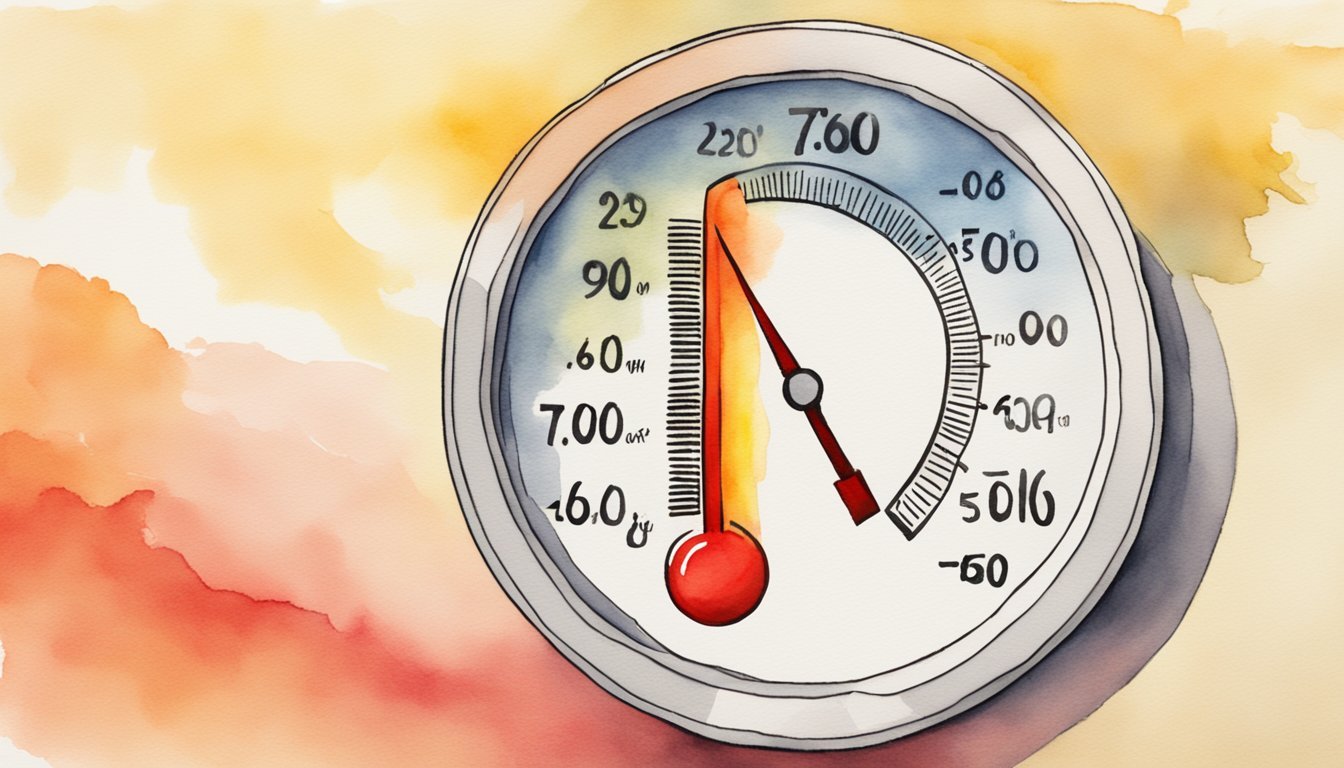Understanding Earth’s Temperature Extremes
The temperature of Earth has experienced dramatic highs and lows through its history, influenced by a myriad of natural and human factors. This section dives into historical records, scientific insights, the role of climate patterns, and human impacts on Earth’s extreme temperatures.
Historical and Recent Temperature Records
Records show the planet has been significantly hotter and colder than today. The Paleocene-Eocene Thermal Maximum (PETM), approximately 56 million years ago, saw global temperatures rise by 5°C to 8°C over a few thousand years, caused by massive carbon release into the atmosphere. In recorded history, the highest verifiable air temperature on Earth was 134°F (56.7°C) at Death Valley, California, in 1913. However, higher readings like the 136°F (57.8°C) in Libya in 1922 have been decertified by the World Meteorological Organization.
Scientific Understanding of Temperature Fluctuations
Scientific research has revealed that Earth’s temperature fluctuations are tied to both natural and anthropogenic factors. Changes in solar radiation, volcanic activity, and variations in Earth’s orbit have historically caused significant temperature shifts. Researchers use ice cores, fossils, and sediment to stitch together Earth’s climatic past, unveiling epochs such as the ice ages and Neoproterozoic era marked by cap carbonates indicating drastic warming after snowball Earth events.
The Impact of Climate Variability
Climate patterns such as El Niño and volcanic eruptions can create short-term spikes or drops in global temperatures. However, climate variability does not account for the long-term trend of rising temperatures. Studies show that the Earth has been consistently warming, with the past decades marking some of the warmest years on record, a trend that signals a significant departure from natural variability.
Human Contributions to Temperature Changes
Humanity’s impact on Earth’s climate has become increasingly evident, with the Intergovernmental Panel on Climate Change emphasizing the role of greenhouse gas emissions from burning fossil fuels. An increase in atmospheric carbon dioxide is directly linked to the rise in global surface temperatures, exacerbating the natural greenhouse effect. This human-induced warming has led to more frequent heat waves, droughts, and intense wildfires, altering weather patterns globally.
Measuring and Reporting Temperature Anomalies

To accurately assess climate change, understanding how temperature anomalies are measured and reported is crucial. This involves continuous advancements in technology, precise terminology, and meticulous data verification by international entities.
Advancements in Temperature Monitoring
Technological improvements have revolutionized how temperatures are recorded across the planet. Scientists have developed sophisticated weather stations equipped with modern thermometers that provide precise readings. NASA, along with other agencies like the National Oceanic and Atmospheric Administration (NOAA), employs satellites that track Earth’s temperatures on a global scale, allowing measurements even in the most remote areas.
Understanding Temperature Data and Terminology
Temperature data indicates deviations from established baselines, usually a multi-decade average. For example, the annual global temperature report typically references anomalies in degrees Fahrenheit or Celsius. When scientists report temperatures, the term ‘degrees Celsius above preindustrial levels’ is often used to describe the increase over historical averages.
Regional Temperature Variations and Records
Different regions experience distinct temperature variations due to geography and climate. Death Valley in California, for instance, competes for the title of the hottest place on Earth, with records like the 134 degrees Fahrenheit reported in 1913, though some debates about the accuracy of early records like this persist. Meanwhile, regions nearer the equator typically record higher average temperatures but may not always hold the record highs.
Challenges in Global Temperature Record Verification
Verifying global temperature records is complex. Measurement inconsistencies, the representativeness of historical data, and calibration differences between old and new thermometers are just some challenges faced. Agencies such as NOAA and the World Meteorological Organization undertake thorough vetting of temperature records, often prompting investigations into anomalous readings, as in the case of a 2012 reading of 129 degrees Fahrenheit in Mitribah, Kuwait.
The Role of International Organizations in Temperature Data
International organizations like the Intergovernmental Panel on Climate Change (IPCC) and the Copernicus Climate Change Service provide an essential framework for compiling and standardizing climate data. They help ensure that temperature reports, such as those concerning increases in greenhouse gases, are globally coherent and that the data is available for policymakers and the public to make informed decisions.

